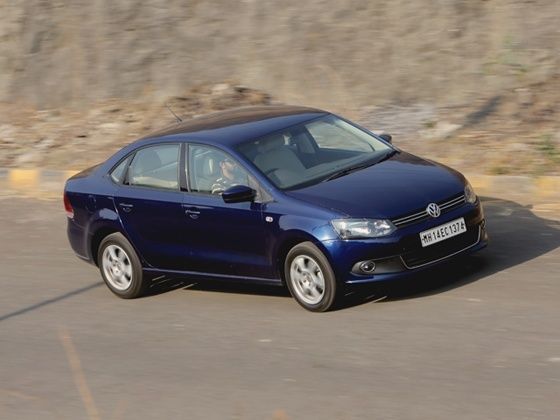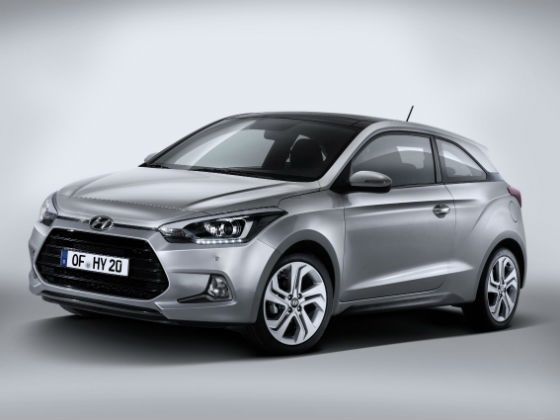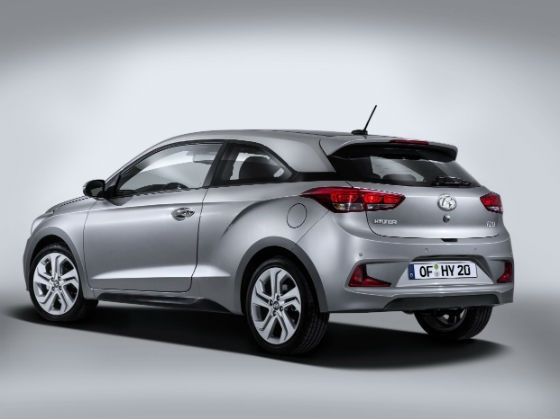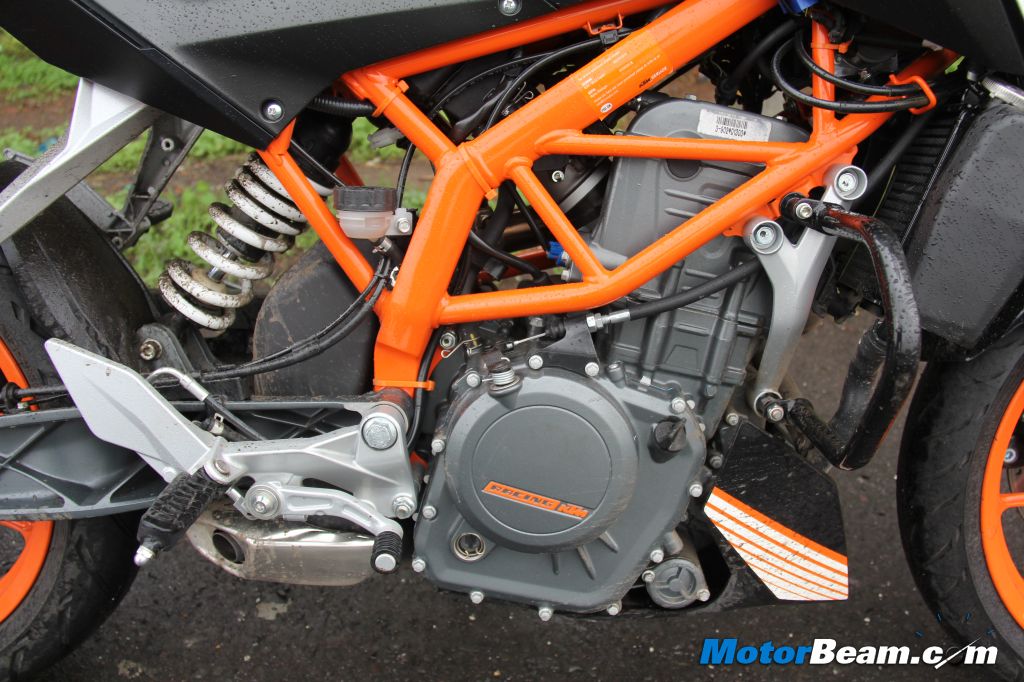
In a grudge match that started over a decade ago, these two brutes have been trading blows year after year. That’s no exaggeration either, as ever since the launch of the Safari and the Scorpio all those years ago, both Tata and Mahindra have made it a point to update them bit by bit, to cater to changing technology, emission regulations and, of course, customer preferences. A new engine here, a facelift there – it all added up in the end, and for almost every update, we’ve put them head to head. But then in 2012, instead of just the usual minor updates, Tata Motors went and gave the Safari a whole new chassis and suspension setup. Called the Safari Storme, this car went up against the Scorpio and won. Now Mahindra has done the same with the Scorpio, and along with sharper looks and a much better interior, this is the biggest improvement to the popular SUV since it was launched way back in 2002. So naturally, we’ve brought them together once more, to see if the impressive new Scorpio can take the trophy back from the Safari this time.

When the Safari Storme was first shown at the 2012 Auto Expo, there was a tinge of disappointment about the fact that it looked far too similar to the previous Safari. Fortunately that’s not quite something you can say of the new Scorpio. The basic shape is the same, of course, but the details are all new, and though some of them are a little gaudy, we think the overall look is a good step forward. The only place the Storme doesn’t look similar to the old Safari is at the rear where the spare wheel has been shifted from the tail gate to under the floor. But nothing tells you that there’s a new chassis and the design doesn’t really turn heads. However, the sheer size does give it a lot of presence.
On to the insides, and let’s start with the new Scorpio, whose interior has come a very long way from the last car’s. Quality is a huge step up, and though there are still some low-rent bits, they’re not right in your face anymore. The design is much cleaner and more modern too, with a good use of various materials, including chrome accents. Many of the ergonomic quirks have been addressed, but other flaws have cropped up. The wider seats have left no space between them and the doorpads, which forces you to, quite ridiculously, open the door to access the seat adjusters or the door pockets. There’s also almost no useful storage for front passengers and the pedals are placed a bit too high for most drivers. The Scorpio still feels very much like an old-school SUV and that’s because the cabin is still basically shaped like a box – all right angles and vertical surfaces. It’s a much better appointed box, no doubt, but it feels like the premium bits have just been bolted onto a basic structure.
The Safari doesn’t have this problem. Its cabin is laid out much more like a modern car, the dash flows out towards you and the door pads are contoured. Where it feels decidedly truck-like is the seating position – it’s almost too high, and you have to clamber up into the seat. The visibility is superb and towering over ‘lesser’ motorists is a powerful feeling, but it can initially be a bit disconcerting having all the car’s weight moving around beneath you. It’s like going on an elephant ride.
Speaking of which, climbing into these tall SUVs is a distinct two-step exercise; but it’s much easier to hoist yourself into the Scorpio. When you’re in the Safari though, you’ll find a surplus of space and seats that are very well contoured. The Safari offers more comfort, despite the firmer seat cushions. The Scorpio’s seats are much softer but could be better engineered. The rear seat squab is angled a bit too high and, in a bid to improve thigh support, Mahindra engineers have been over-generous with the seat squabs – if you’re short, they’ll dig in behind your knees.

Move beyond the second row and both cars come up short. Our test Scorpio has a pair of side-mounted jump seats, although a conventional bench is an option. The Storme can only be had with jump seats, but a facelifted version is coming by the middle of next year, and we hear it will get a bench too. If two passengers must use the jump seats, though, they should prepare for interlocked knees in either of the cars, because legroom is very poor. However, the Safari’s rear section is narrower, much higher to climb into, and has far less headroom than the Scorpio’s.
Equipment is an area where the new Scorpio absolutely pummels the Safari, and we hope this is something Tata addresses with the facelift. The Tata SUV gets just the bare necessities, but even those, somehow, don’t seem up to scratch. For example, the Bluetooth, USB and aux-equipped audio system is a single-DIN aftermarket unit with limited functionality. You do at least get electric folding mirrors and rear parking sensors. Then in strolls the Scorpio with its custom, XUV500-sourced touchscreen that offers everything from satellite navigation, to voice controls, to a tyre pressure monitor. In fact, the car’s trip computer is in there too, and this is only the tip of the Scorpio’s equipment list.

Old-school grunt
An area where both these cars haven’t changed is their engines – they both use the same 2.2-litre, four-cylinder diesel engines as before; although the Scorpio is also available in its base trim with the 2.5-litre M2DiCR motor. The Safari’s 138bhp and 32.63kgm edge out the Scorpio’s 118bhp and 28.5kgm on paper, but out on the road, it’s not that black and white. The Scorpio’s mHawk engine has much better responses low down, meaning it’s good for cut-and-thrust city driving, darting forward eagerly at low revs. It’s got a pretty potent mid-range too, but cross 3,700rpm and it starts to become more noise than actual movement. Speaking of which, it’s not the quietest engine, but it edges out the boomy Safari on refinement.
The Storme’s engine is not as good at low revs, with not a whole lot of grunt off boost, so you have to work your way into the mid-range and use the gearbox to keep it there. However, once you hit about 2,200rpm, the power just wallops in nicely. It then pulls for a lot longer than the Scorpio’s engine, though, and doesn’t feel as strained at higher revs, thanks to the taller gearing.
The Scorpio is clearly the quicker of the two, despatching 100kph from rest in 13.44sec, which is almost 1.5sec quicker than the Storme. We do need to keep in mind, however, that our test Safari was a 4x4 version, which is a full 95kg heavier than the 4x2 version, but then, the Scorpio is almost 200kg lighter than even the lightest Storme.
The Scorpio also gets a new gearbox, the one introduced in the Xylo a little while ago. The good news is that it’s a whole lot lighter and smoother than before, but you still have to contend with a tall gearlever, which just makes the shift action feel a little utilitarian. The Safari’s short-throw lever is much more car-like to use, and falls quite easily to hand, but then, the shift quality isn’t great either.
Frame work
This is the area where a new chassis and suspension would really get a chance to prove themselves. The Safari Storme’s lighter, stiffer ‘X2’ chassis borrowed from the Aria did just that two years ago, and was a huge step forward for the big SUV. The thing is, the Scorpio’s feels like an even bigger jump over its predecessor. The old Scorpio was lumpy at low speeds, bouncy at high speeds and flat-out scary around corners, and this new chassis improves on those issues in a big way. Around corners, it’s impressively composed for a tall, boxy, ladder-frame SUV and this is helped by the new steering, which is far more direct and feelsome than before. Stability at highway speeds is much better and the suspension works really quietly to give a soft edge to it. Low speed ride is decent but the downside is that on a less than smooth road, the Scorpio is still quite bumpy. Speedbreakers and sharp edges toss occupants around a fair bit and the rear has a sharp kick which can levitate the luggage in the boot.
The Safari Storme’s ride quality is less animated and doesn’t have the sharp, short vertical movement of the Scorpio. The overall ride quality is a touch more settled, though less cushioned than the Mahindra. The Safari can smother bad roads amazingly well too, but sharper bumps are felt more in the Storme.
Both cars have an uncomfortably high centre of gravity and lots of body roll, but it’s the Safari that has alarming angles of lean and doesn’t feel as reassuring, especially when you pick up the pace. The Scorpio rocks a lot less and feels more tied down. The Tata’s steering too isn’t as good as its rival’s – it feels sloppy and light until you pile on a bit of lock, at which point it weighs up inconsistently. And though it’s a big step up over the old Safari, the Storme still doesn’t like being cornered hard and the high seating position only adds to the top-heavy feeling.

Home stretch
Despite sticking with their tried and tested formula of ladder-frame chassis and big, torquey four-cylinder diesel engines, both these cars have come a long way since their humble origins, and are now much better at delivering their original promise of being tough but liveable family SUVs. You’ll like a lot of things about the Storme – the huge presence that comes with its huge size, the space (for five) in the cabin and relaxed cruising ability. But its shortcomings are a bit too big to ignore. It’s looking dated inside and out, the cabin quality isn’t where it should be and it’s a bit cumbersome to drive in traffic.
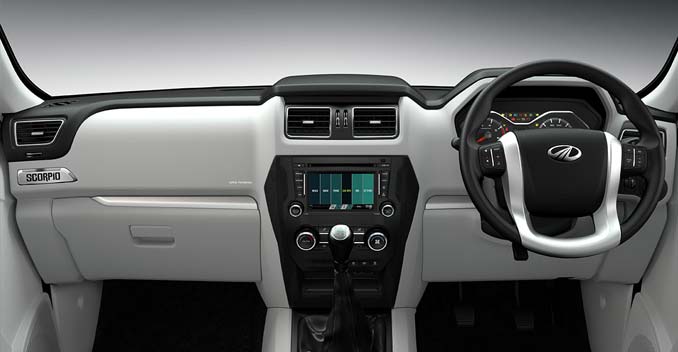
But then, for all its improvements, the Scorpio is not perfect either. Despite all the new garnish – inside and out – you’re always aware that you’re in a boxy SUV with a rather utilitarian past. The ride errs a bit too much on the bumpy side, some of the styling (like at the rear) is a bit over the top, and many of the cabin’s ergonomic bugbears remain. However, the Scorpio is a lot easier to drive than the Storme now, thanks to its peppy engine, great steering and light, taut chassis. It’s more fuel efficient and there’s way more equipment too – a point that’s only made clearer by the fact that the top 4x2 Scorpio is almost Rs 50,000 cheaper than the top Safari 4x2. This combination of improved dynamics, superb value and a better feel-good factor are what let Mahindra walk away with the trophy. Until the Safari gets its next update in 2015, of course.









